Explore the inner workings of AI, and learn how to get the most out of these versatile tools. Establish your foundational knowledge on what generative AI is and build mastery with tips on AI prompting. For advanced AI pros, dig into the details of artificial general intelligence, using AI as a code generator, and more. From prompt engineering to new AI features, deepen your AI understanding and do more with AI tools.
General AI
Explore articles by category.

A beginner’s guide to coding with AI
New to coding? Confidently learn to code with help from Copilot.

Understanding AI agents vs. chatbots
Discover the difference between AI agents and chatbots, and why Copilot stands out.

Getting started with generative AI
New to generative AI? Start with Copilot, your AI companion.
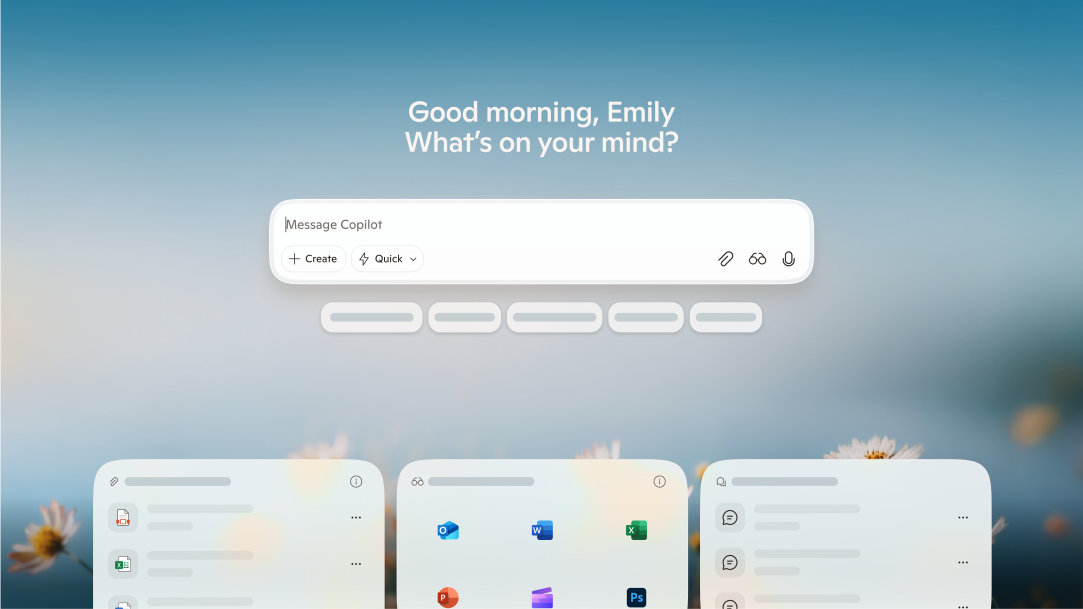
Where can you access Copilot?
Learn how to access your AI assistant to its fullest potential in your daily life.

5 Smart ways to use Copilot today
Learn how you can incorporate AI into your everyday, from productivity to creativity and more.
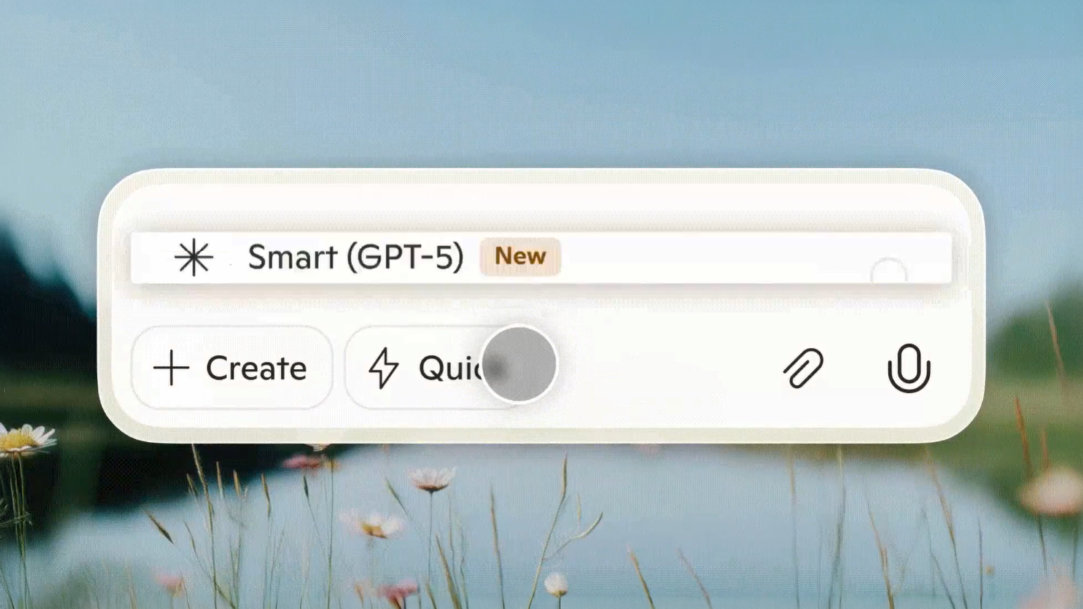
What’s new with GPT-5 in Copilot
Your AI assistant just got a glow-up. Enjoy a faster, smarter, and more helpful Copilot.
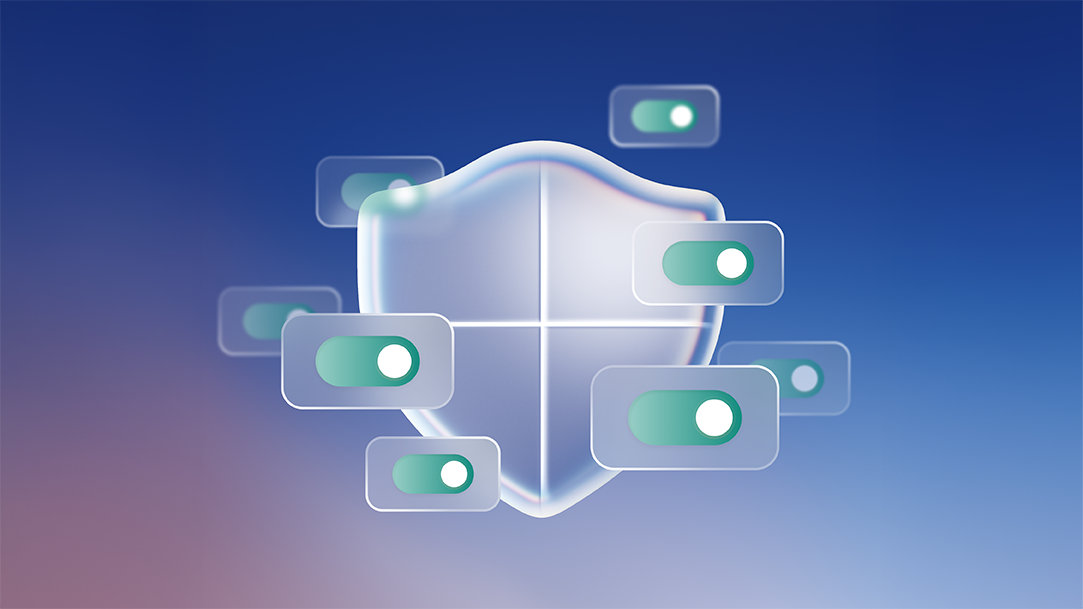
A quick guide to AI safety tips
New to AI? Learn how to use Microsoft Copilot safely and confidently with these tips.

How to write blog posts using AI
Learn how to use Copilot as your AI blog writer to save you time and boost your content.

How to use AI for coding projects
Learn how you can use Copilot as your AI coding assistant for faster coding.

How Microsoft protects your data
Learn how Microsoft keeps your data safe as you use Copilot.

How to plan a vacation with Copilot
Ready for a change? Let Copilot help plan your next trip so you can spend more time relaxing.

Learn how to master AI prompting
Learn how to write more effective prompts and take your AI prompting to the next level.

10 Ways to save time with AI automation
Learn how to simplify everyday tasks with these handy AI automation tips.

Master your inbox with an AI assistant
Ready to level up your email game? Learn to organize, prioritize, and reply faster with Copilot.
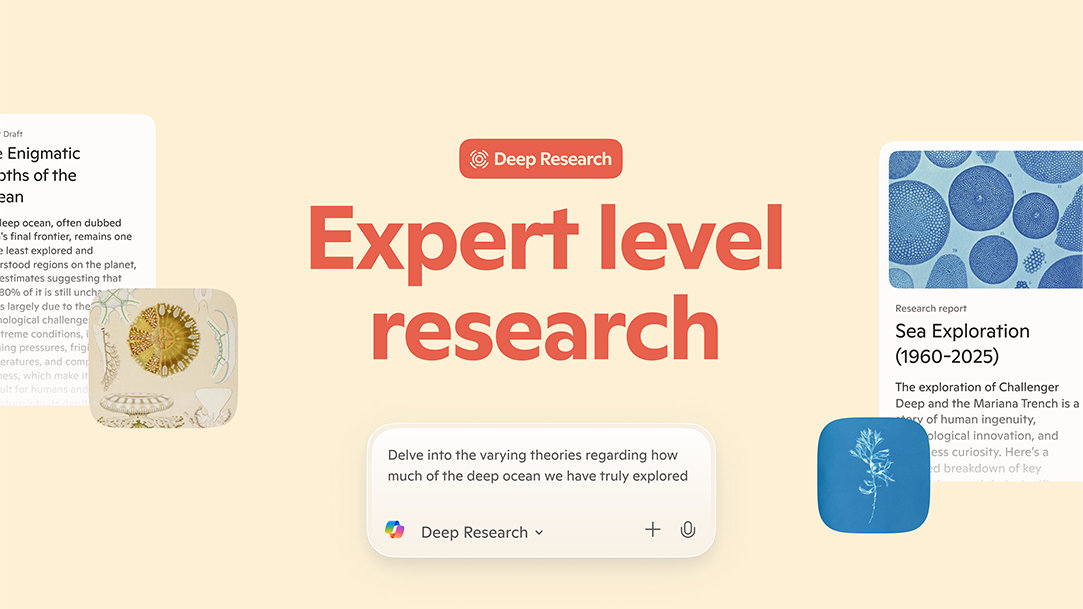
Copilot Deep Research expands learning
Further your research with Copilot Deep Research, an AI-powered tool for knowledge discovery.
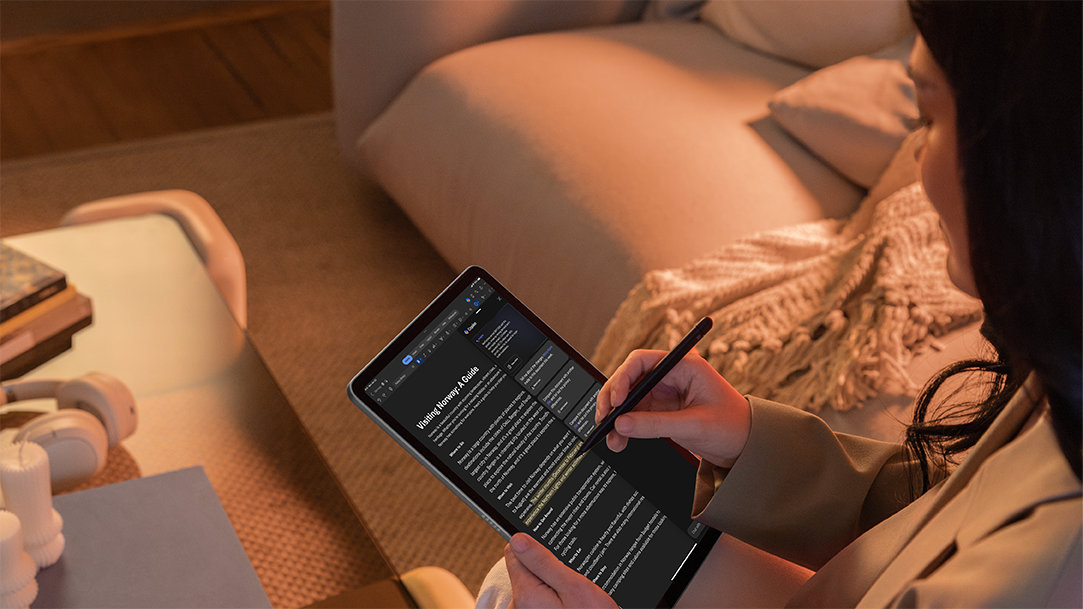
Summarize articles with AI
Learn how to easily absorb key information from lengthy documents using Copilot.
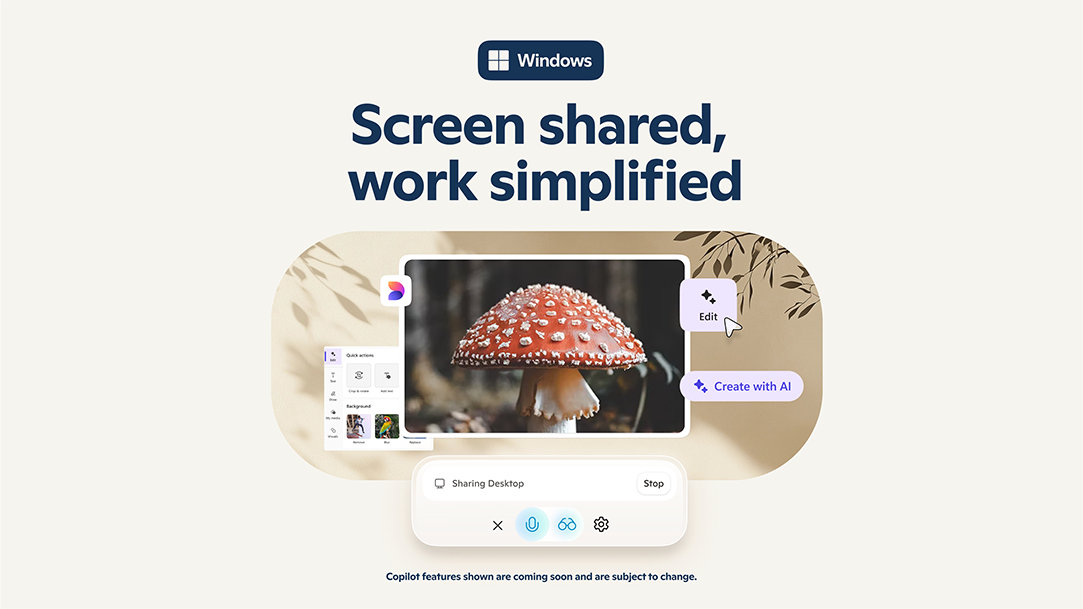
What’s new in Copilot on Windows?
Meet the new Copilot on Windows, a smarter AI-powered companion here to elevate your workflows.
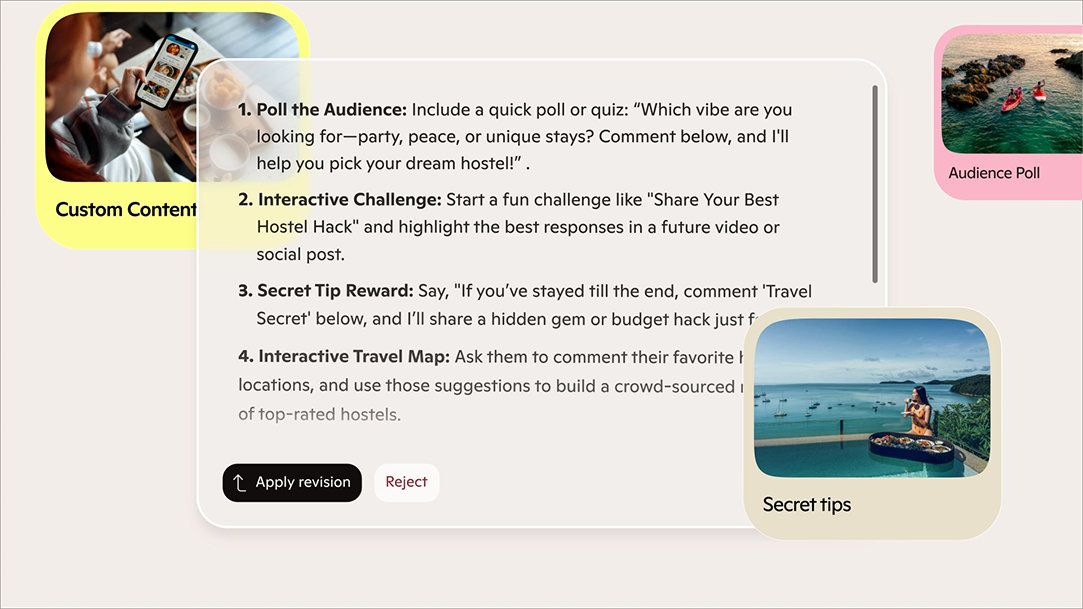
Copilot Pages: Your AI writing assistant
Learn how Copilot Pages can help you write, edit, and optimize your content faster than ever.
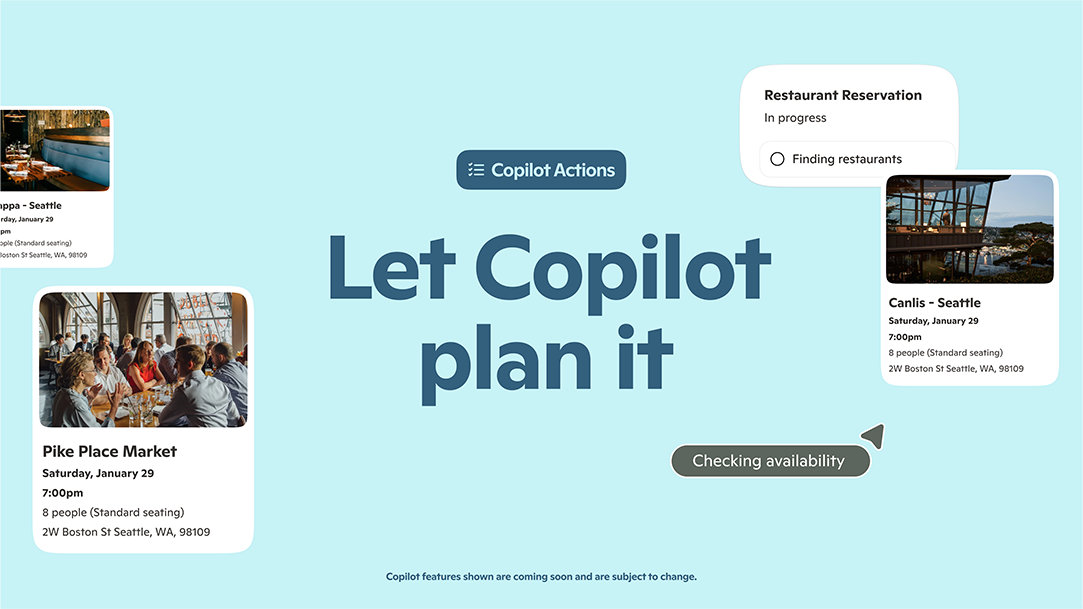
Take back your time with Copilot Actions
Let Copilot Actions help arrange your plans so you spend less time stressing and more time living.

Get to know Copilot’s new Memory feature
Meet Copilot, the AI companion you can count on to truly understand you.

Find online deals faster with Copilot Shopping
Learn how Copilot Shopping can simplify your shopping experience with real time price comparisons, in-line checkout & more.

What is Copilot Voice?
Learn to use Copilot Voice and discover a hands-free way to make multitasking easier.

What are AI tokens?
Learn how AI models use tokens to understand prompts, generate responses, and more.

How do stop words work?
Learn about stop words and how to use them to your advantage in your Copilot prompts.

You’re in charge of your Copilot experience
You decide what data you share and when.

5 cybersecurity myths debunked by Copilot
Learn about common cybersecurity myths and take control of your digital safety with Copilot.

How Copilot can help you stay cybersafe
Take control of your cybersecurity with Copilot this Cybersecurity Awareness Month.

What is Natural Language Understanding (NLU)?
Learn what NLU is, the difference between NLU vs NLP, how Copilot uses NLU, and more.

Ways to use Microsoft SwiftKey AI keyboard
Take advantage of AI-powered features with Microsoft SwiftKey on your smartphone.

What is machine learning?
Learn how machine learning works and how it makes Copilot’s text and image generation possible.

Learn how to code with AI
See how you can learn coding for free with the help of Copilot.


Learn about software and tech with Copilot
Stay up-to-date on the latest software and tech trends with Copilot.

AI 101: what is AI and how does it work?
Find out what AI is and how Copilot can enhance everyday life.

Build a website with AI
From outlining to writing code, learn how you can use AI to build websites and save time.

Create and test APIs with Copilot
From debugging to testing, let Copilot be your helper for the API creation process.

See Copilot in action with these prompts
From writing trivia games to making tables, get a glimpse of all Copilot can do.

What is generative AI?
Learn what generative AI is, its capabilities, and see generative AI examples from Copilot.

Which Copilot plan is right for you?
Find a Copilot plan that works for you by exploring the different subscription options.

Fine-tuning your AI prompts
Learn how to tweak your prompts in Copilot to get the results most relevant to your needs.

Copilot compared to other AI tools
See how Copilot’s text generation compare to other AI tools.

Traditional search vs. Copilot
Learn how AI-powered Copilot is changing the search game forever.

AI prompting 101: How to write the best AI prompts
Get tips and tricks for writing strong AI prompts to get exactly what you need.

How to search with an image
Search the web with an image using AI-powered technology.

What is Copilot, and how can you use it?
Learn how you can use Copilot, your AI-companion.

What can Copilot's AI text generator do?
Create content, improve your writing, and get creative ideas with Copilot's built-in text generator.


Follow Copilot